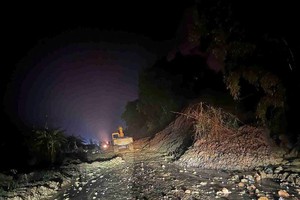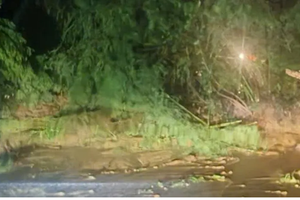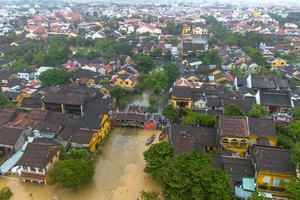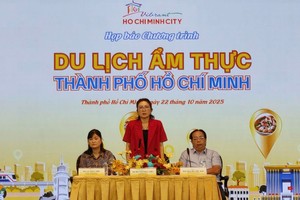Hai Phong Province is home to a historic thousand-year-old pagoda in the village of Tra Phuong of the Thuy Huong Commune in Kien Thuy District, built during the Ly Dynasty in the beginning of the 11th century.
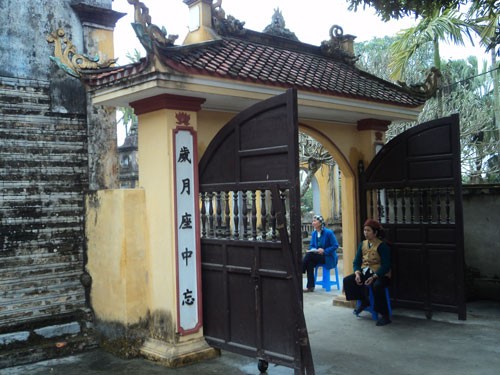
According to monk Thich Quang Man, the pagoda was initially known as Ba Danh. The most ancient vestiges of the Ba Danh pagoda are three pillar bases that are made of stones with skillfully carved lotuses. Each of the pillar bases weigh several tons.
The pagoda was located north of Tra Phuong Village on six hectares of land on an isolated hillock full of lush green trees, three kilometers from the Che Mountain.
In the 16th century, the Ba Danh pagoda was rebuilt and renamed Thien Phuc Tu, when Mac Dang Dung was enthroned in 1527. Legend has it that the pagoda once protected Mac Dang Dung when his enemies had tried to kill him.
Queen Vu Thi Ngoc Toan who was from the Tra Phuong Village also contributed to the restoration of the pagoda. According to epitaphs in the pagoda, the new pagoda was built 200 km from the old one, which is Thuy Huong High School now.
The new pagoda became a Buddhist centre and a famous landmark in the region at that time. Today it stands in present day Hai Duong Province and Hai Phong City.
When the Mac Dynasty collapsed, Le - Trinh mandarins and soldiers destroyed many of the architectural works built by the Mac Dynasty including the Tra Phuong Pagoda.
Until early 20th century, a woman named Ngo Thi Dinh from Hai Phong donated towards rebuilding the pagoda, as it exists until now.
In 2007, the Ministry of Culture and Information recognized the Tra Phuong pagoda as a national cultural architectural monument.
The present pagoda is shaped like 丁, a hand script, and comprises of five forecourts and three harem spaces with skillfully carved wooden pillars.
On the Buddhist temple, there are hundred of statues of Buddhists and avatars and two stone statues of King Mac Dang Dung and Queen Vu Thi Ngoc Toan, which researchers say are very rare and beautiful sculpture works remaining from the Mac Dynasty.
After burning incense in the Buddhist temple, visitors should not forget to visit the epitaph house where there are stone steles written about the process of building and restoration of the pagoda from the Ly to Mac Dynasty and afterwards.
Under the shade of hundred-year-old trees in the pagoda yard, visitors will see two stone crocodiles in front of the corridor leading to the epitaph house. The stone crocodile statues date back to the 16th century.


